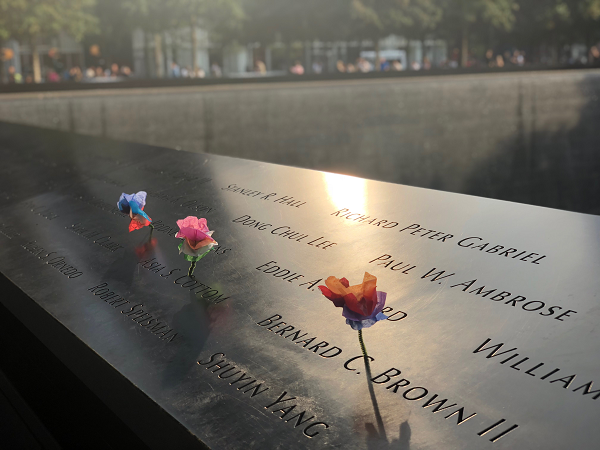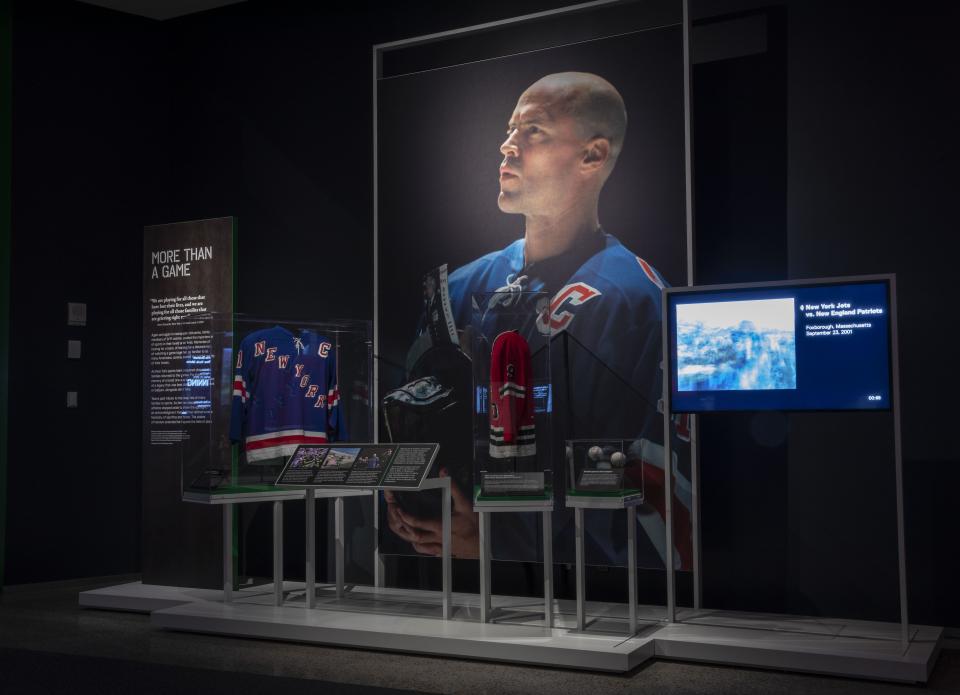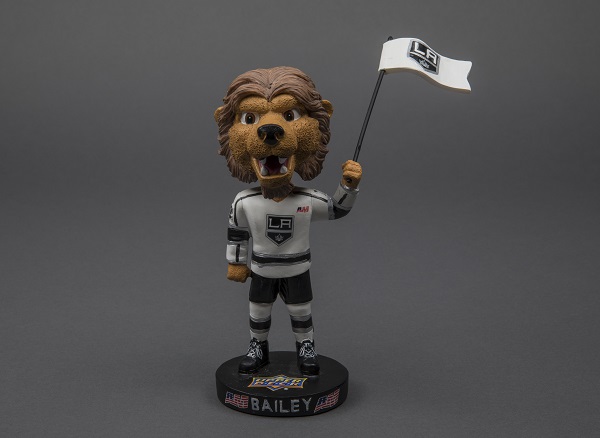As the 2018-19 National Hockey League season begins, take a moment to reflect on the healing and hope the hockey community exhibited after September 11. “Comeback Season: Sports After 9/11,” the new special exhibition at the 9/11 Memorial Museum, illustrates many of these moments.
In the days after Sept. 11, 2001, first responders and volunteers from across the country came to Ground Zero to aid in the rescue, recovery and relief efforts.
Players and coaches from the New York Rangers soon visited Ground Zero to pay their respects and offer support to the rescue and recovery workers. Their presence began the league’s larger effort to remember and honor 9/11.
From the first games that year came some of the most compelling moments. During the New York Rangers’ home opener in Madison Square Garden, captain Mark Messier wore a FDNY fire helmet with an affixed image of Chief Ray Downey.
In their first game, members of the Pittsburgh Penguins and defending champion Colorado Avalanche lined up together for the U.S. national anthem during the teams’ first game of the 2001–2002 season. In their own ways, teams across the league commemorated the victims and showed support for first responders.
As the season continued, the National Hockey League’s annual All-Star Game took place on Feb. 2, 2002, at the STAPLES Center in, home of the Los Angeles Kings. Players participating in the game wore helmets with a decal remembering Kings scouts Garnet Ace Bailey and Mark Lawrence Bavis, who had been passengers on hijacked Flight 175 on 9/11.
Today, the Kings continue to wear a decal for these men, and you can see a signed Kings’ jersey on view in “Comeback Season.”
You can learn more about these stories and more in “Comeback Season: Sports After 9/11.”
By Timothy McGuirk, 9/11 Memorial & Museum Communications Manager


